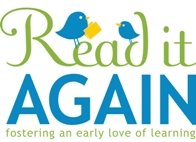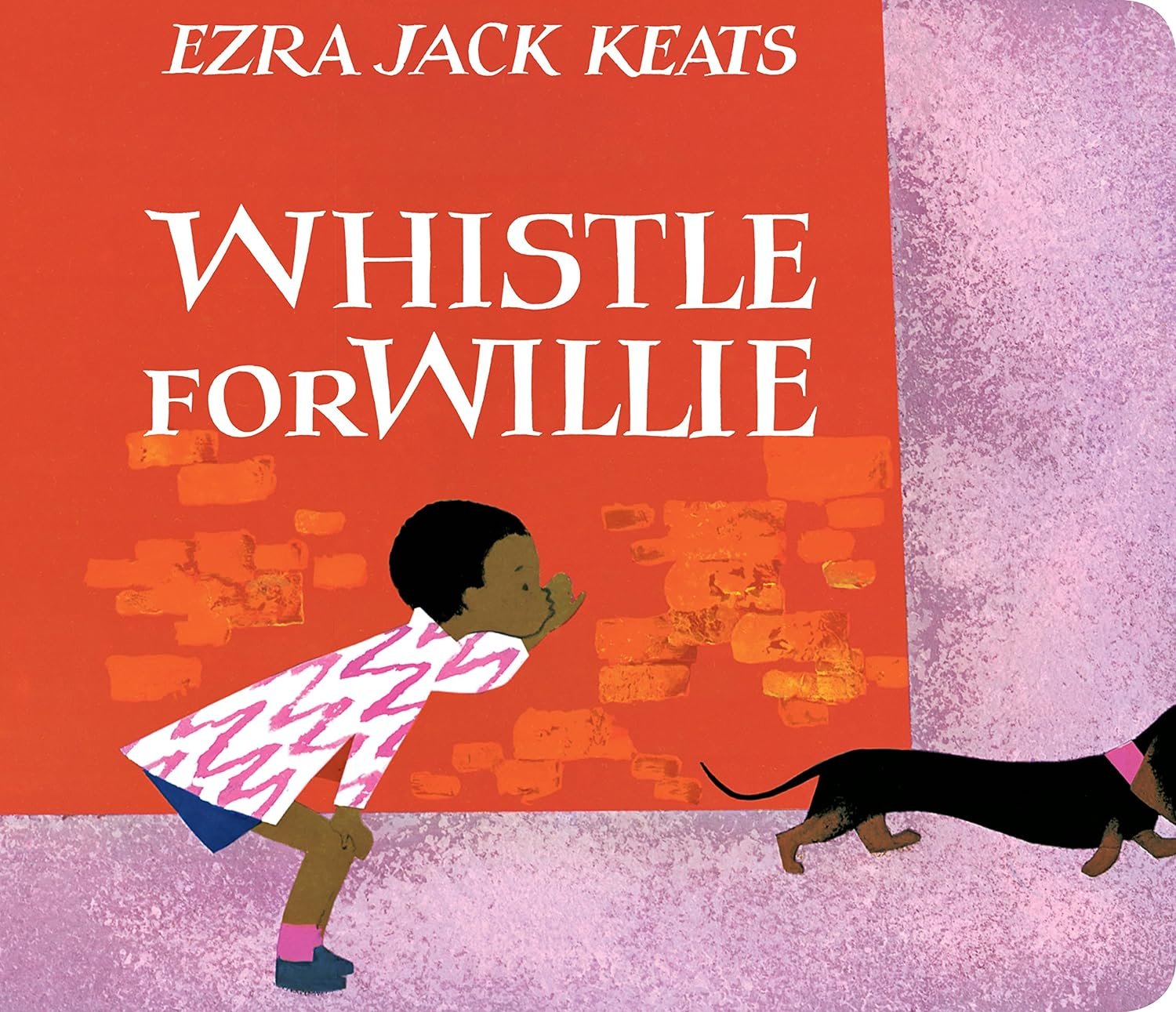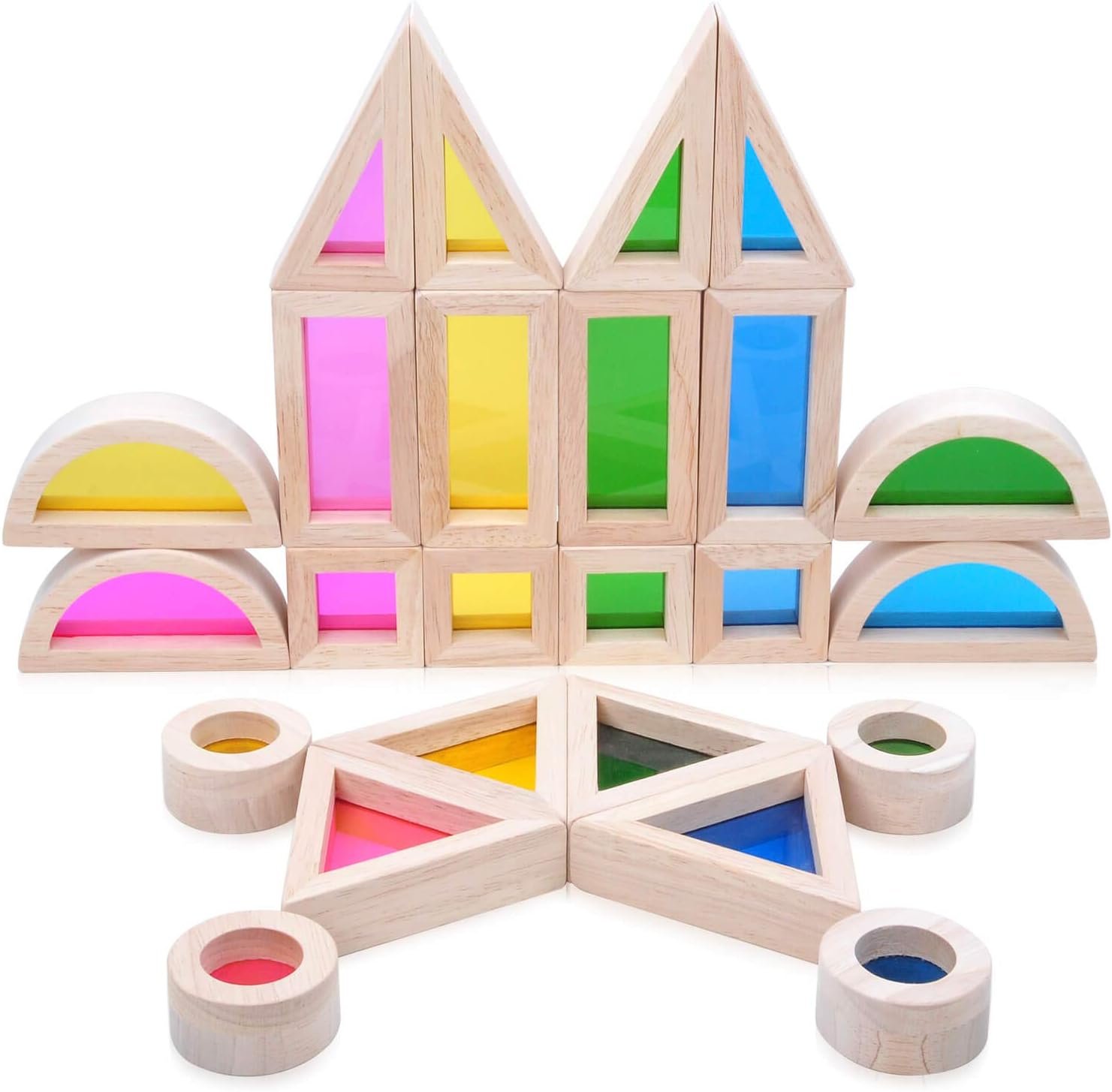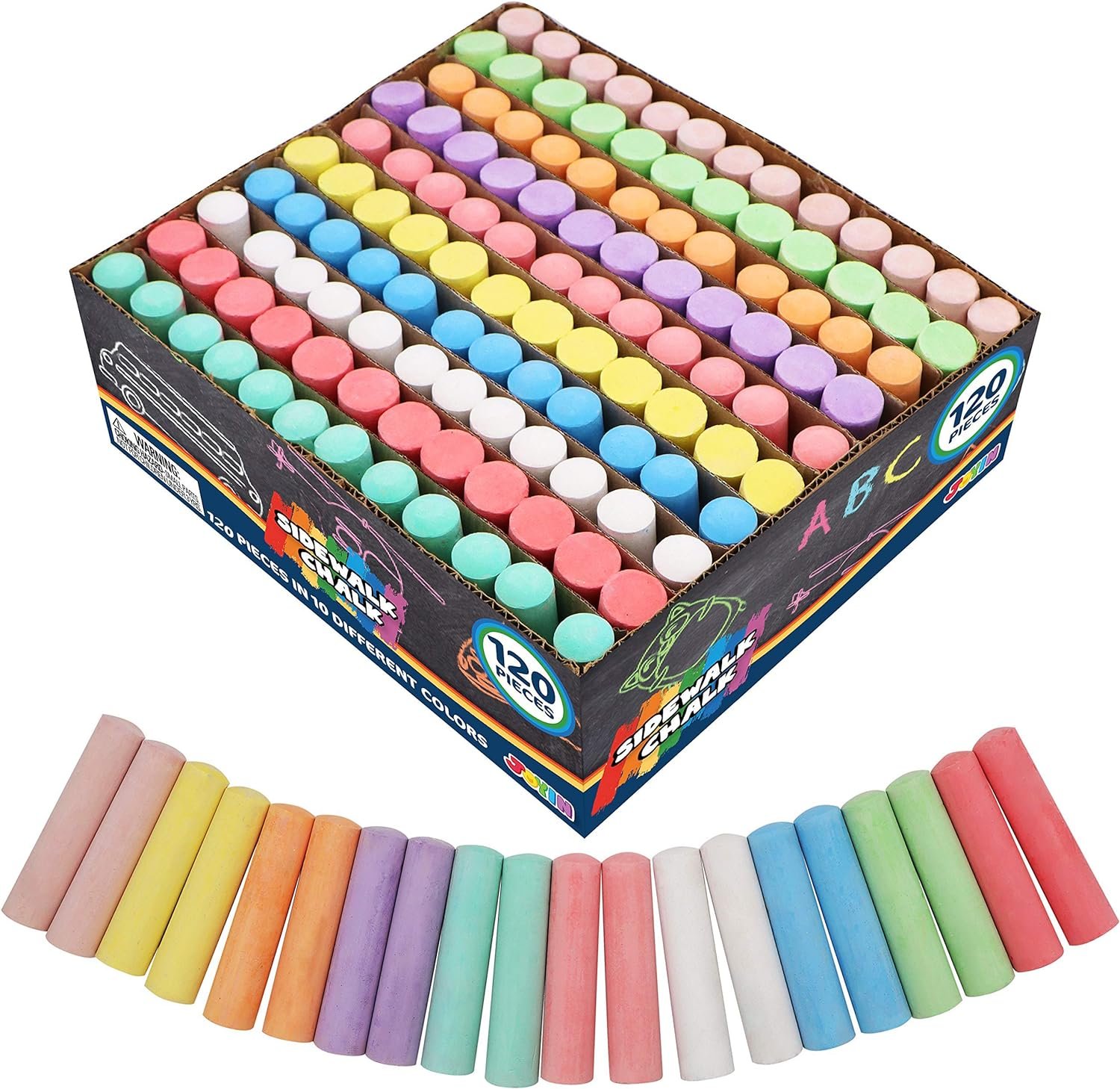5 Ways This Story Can Help Prepare Your Child for Kindergarten
Extend the Learning with
Story-Based Play
Adding an element of play is another way to deepen your child’s understanding of concepts within and beyond a story. According to Hall (1991), young children often develop advanced literacy skills when they engage in play related to a familiar story. Many complex literacy skills develop naturally when the story and play intersect, setting the stage for your child to learn to read and write.
It’s easy. Take a great story, gather toys that align with that story, and get out of the way. Your child will do the rest. The goal is to allow the play to evolve naturally. You’ll be surprised by the amount of learning transferred and reinforced through this type of play.
Here’s Why We Love These Specific Products:
They have direct connections to the book.
They reinforce new vocabulary.
They encourage imaginative play
They make it easy to re-enact parts of the story.
They often take learning beyond the confines of the story.
Few require batteries, screens, or electricity.
If you purchase something through one of our links, you won't pay a penny more, but we’ll earn a tiny commission which helps keep the lights on.
Additional Titles by Keats
Whistle for Willie is another heartwarming picture book written by Ezra Jack Keats that features Peter as the main character. Not unlike Keats’ other amazing titles, this charming story also packs a great deal of educational value.
Listed below are 5 educational concepts to sneak in as you read this book with your child.
Diverse Representation
The author, Ezra Jack Keats, grew up in Brooklyn, NY and was determined to write children’s books that included realistic characters in multicultural urban settings. He wanted all children to see themselves reflected in his stories.Inclusive Themes
Keats' books often explore universal themes such as friendship, acceptance, and resilience. These themes provide valuable life lessons for children and encourage empathy and understanding.Imagination
The story involves Peter's imaginative play and his desire to achieve a goal. What things do you think Peter imagines as he works his way through the story?Community
As the story unfolds, the reader gets a sense of Peter’s community. Understanding communities and neighborhoods in the larger scope of states, countries, and the world is often difficult for younger children to envision.
The author doesn’t tell us where Peter lives, but we get the feeling that he lives in the city. What clues are in the story?Visual Literacy
The vibrant and expressive illustrations in "Whistle for Willie" provide an opportunity to engage your child in discussions about visual literacy. Exploring the pictures can enhance observational and interpretive skills.
Meet the Author
Ezra Jack Keats (1916–1983) was a pioneering American author and illustrator renowned for his groundbreaking contributions to children's literature. Born Jacob Ezra Katz in Brooklyn, New York, Keats achieved widespread acclaim for his picture book "The Snowy Day," published in 1962. This timeless classic featured Peter, an African American boy, exploring the wonders of a snowy day—an inclusive narrative that broke new ground in the representation of diverse characters in children's literature. Keats continued to create impactful stories, such as "Whistle for Willie" and "Peter's Chair," emphasizing the everyday experiences of children with warmth and authenticity. His distinctive collage illustrations and storytelling style left an enduring legacy, earning him the Caldecott Medal and influencing generations of readers and fellow authors.















